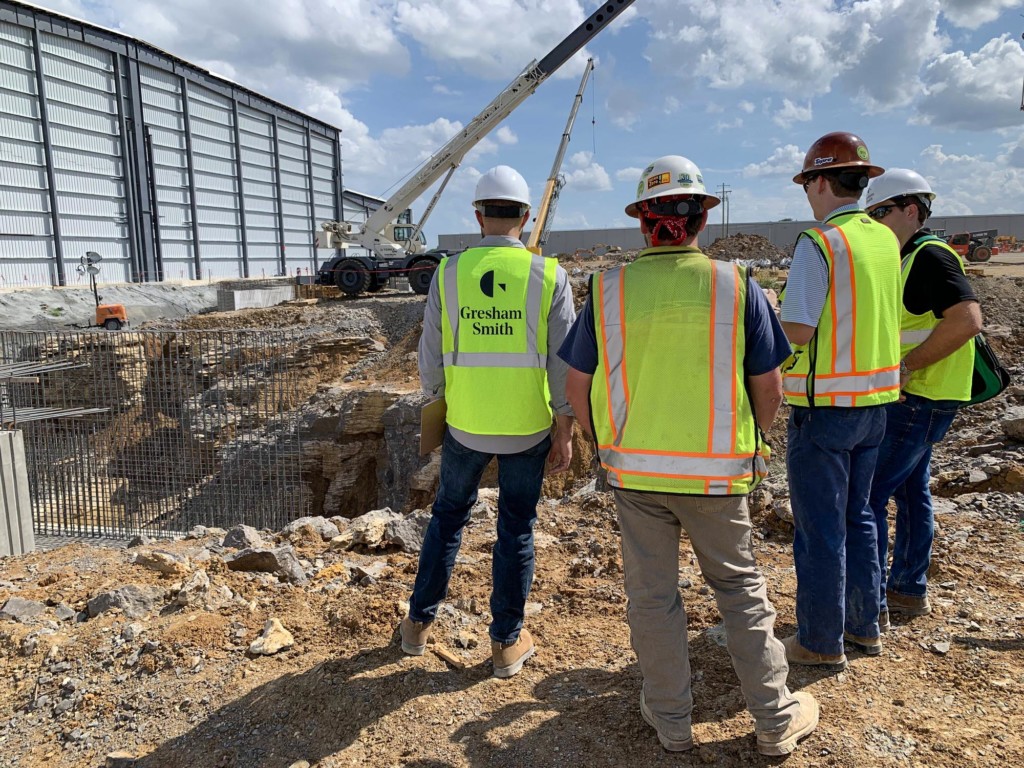As building system technology increases in complexity and sustainability remains at the forefront of design, the need for commissioning continues to rise. This is the third post in our series examining the basics, benefits and boundaries of building commissioning. Read part one of the series here and part two of the series here.
In our previous blog post on building commissioning we took a deep dive into the commissioning process for new buildings, tracing a route from initial project planning through the lifespan of a building. However, project schedules continue to tighten in order to meet aggressive construction schedules and since commissioning activities are performed last, they’re often the first to go. The result? Tests are never completed, reports aren’t finalized, equipment doesn’t operate quite right and owners are left holding the bag.
Throughout our years commissioning buildings, we’ve seen a handful of the same mistakes over and over again. In the final blog post in our three-part commissioning series, we’re describing three commonly made commissioning mistakes and sharing how you can avoid them.

Mistake #1: Commissioning isn’t included in the project
There’s a common misconception that small mechanical systems don’t need commissioning or that they need less attention. However, that couldn’t be further from the truth. In fact, small systems must respond quickly to changes in demand, so the margin of error is much less than that of larger systems.
For example, a small air cooled chiller serving a small, 50,000-square-foot building has less thermal mass, fewer terminal units and fewer feet of piping than one that services a larger building. Therefore, small changes in load or occupancy can mean the system has to respond quickly to changes in temperature and system flow. At the end of the day, those small changes in temperature or demand add up, meaning that the entire system—the chiller, pumps, valves, bypass valves and variable-frequency drives—have to be in lockstep in order to avoid operating problems.

Mistake #2: The building automation system isn’t programmed properly
Building Automation Systems, when installed and programmed properly, are a way to improve operational efficiency and create a healthier indoor environment. While setting and executing equipment operating schedules are basic functions for a Building Automation System, that’s where mistakes are most commonly made.
Controls programming involves several groups of professionals that contribute to the system’s overall operation: an engineer, a controls contractor, a testing, adjusting, and balancing (TAB) contractor, and a commissioning authority. The engineer establishes the sequence of operation, which outlines how the system is supposed to work, what sensors are needed and what level of control and monitoring is required. The controls contractor is responsible for installing control devices and programming them to execute the sequence that the engineer designed. Then the TAB contractor steps in to establish the operating points for the system (flows, valve positions, etc.), the coordination of these three steps is where we often see mistakes happen.

The importance of the TAB contractor is often overlooked. They determine the correct balance points for air and water so that the system can meet the sequence the engineer designed at the outset. They are also responsible for adjusting and fine-tuning the building systems and documenting their setpoints in a TAB report.
Once the TAB contractor has established the system’s operating points, the controls contractor uses those values to program the operating points of the system. The commissioning authority verifies the design sequence, verifies that devices are installed and operating correctly and confirms that the equipment and operating system are both able to meet the design requirements and that the programmed setpoints are consistent with the TAB report.
While this collaborative sequence for installing and programming building automation systems is based on science, communication is at the center of the process. Communicate early, communicate often, and keep detailed documentation of the changes that occur at each step along the way, or else you’ll be forced to back track.

Mistake #3: Equipment isn’t installed as it was designed
Design is an ever-evolving process. Decisions are constantly made, then changed and made again, and they all inform the final design that is issued for construction. More often than not, each member of the project team – the owner, designers, engineers and contractors – all speak different languages, and many of the issues we encounter on projects are due to miscommunication or errors in translation.
However, even with great communication, problems still arise. The most common installation problems we’ve encountered are some of the easiest to avoid. Designs are often issued with equipment shown in wrong locations, and sometimes, even when everything is designed correctly, it may be installed incorrectly. As commissioning authorities we’re responsible for reviewing design documents to help identify potential design problems before they’re handed off to the contractor, as well as reviewing documents during construction to verify installation specifics. Then, once construction is complete, we check the final product against what was specified. The moral of the story? Check, check and recheck.
Design and construction in the 21st century is challenging; project timelines are reduced and designs constantly change until construction is complete. With human beings operating in such a fast-paced and ever changing environment, you’re bound to encounter a hiccup or two. Incorporating commissioning early in the design process can help identify potential design issues and continuing commissioning involvement during construction can mitigate installation miscues before they become operational nightmares. By paying attention to the small systems, avoiding shortcuts, and checking, checking and rechecking design and construction documents, we can set buildings up for a lifetime of success.
This post is adapted from an article Johnathan Woodside authored for FacilitiesNet. You can check out the full article here.